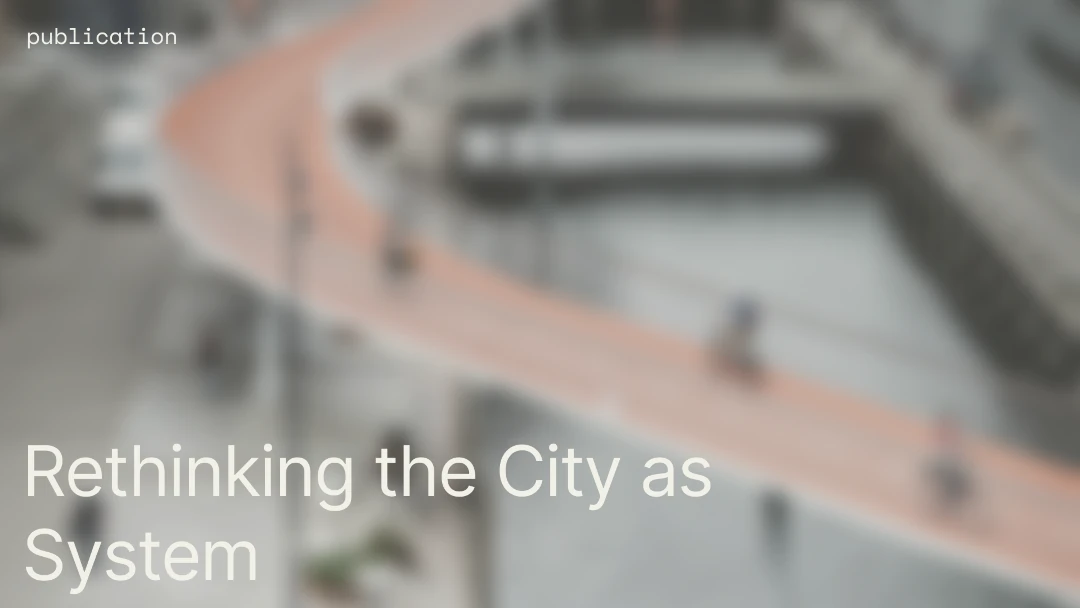
For years, concrete has been the go-to material for builders due to its strength and longevity. However, timber is gaining popularity in the construction industry due to its low environmental impact and flexibility.
Timber is a carbon sink, it’s renewable and has many other advantages compared to other materials. For example, timber structures provide better insulation than concrete, reducing energy consumption and lowering heating and cooling costs. However, timber cannot be a catch-all solution. Despite its versatility, timber alone can’t replace concrete everywhere, and smart designs and purposeful material choices must fill the gap when needed. Reducing the embodied carbon of the built environment is an immediate necessity, but timber alone will not suffice. We need holistic approaches capable of delivering the right tools in the right hands to make more responsible material choices.
“Our current building practices are unsustainable, that much is clear. A major concern over embodied carbon has emerged, sparking a great architectural debate on what materials we should be using and when, along with a flurry of innovation in material science,” says Philip Oldfield in Dezeen’s Timber Revolution series.




























